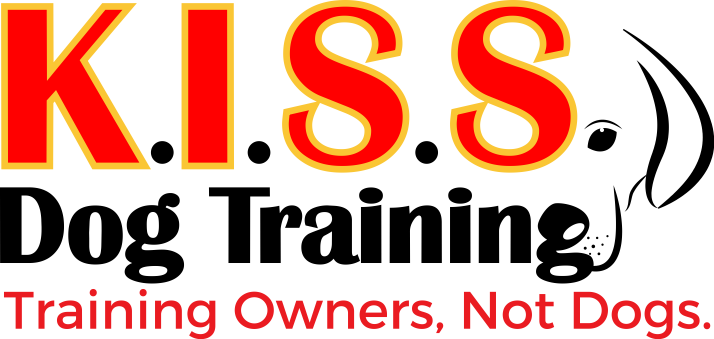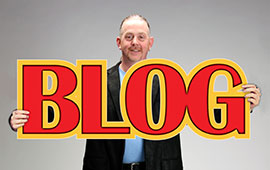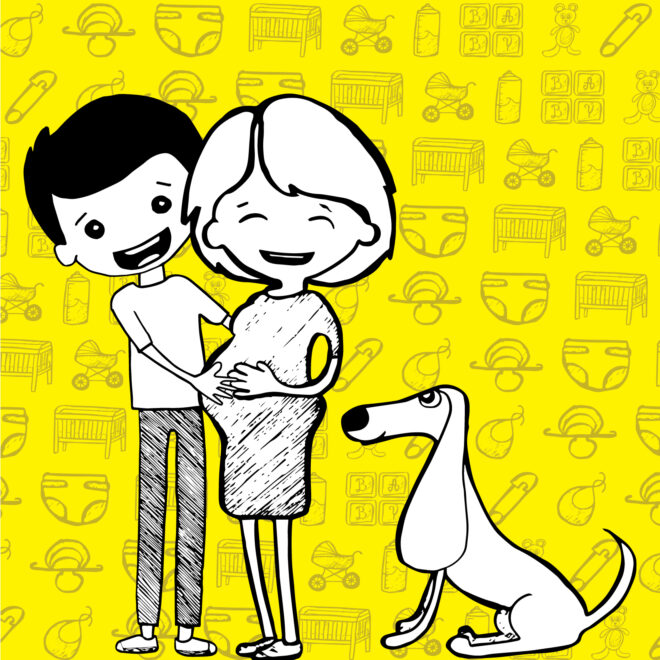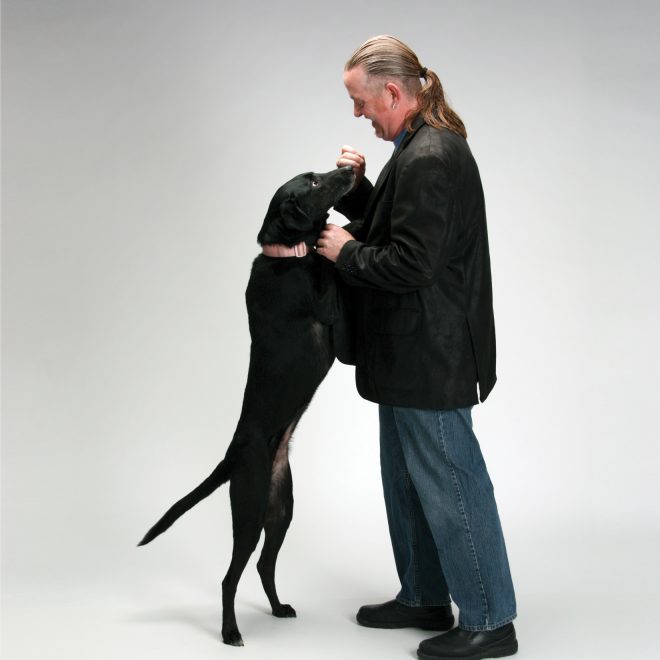Why Can’t We Just Work on What I Want????

Sometimes clients become frustrated when their initial concern isn’t immediately addressed (or worked on specifically):
- A dog that jumps.
- A dog that pulls on the leash.
- A dog that doesn’t listen.
- A dog that is “out of control”.
- A dog that doesn’t like men, children, house guests or other dogs.
While these behaviors might be driving you nuts, they are not and cannot be the starting point for a successful dog training experience. Instead, we start with teaching a dog and its human to pay attention. Not only to each other, but to the environment around them. We start with resource control (hand feeding) inside your home or in a group setting. We then move on to more distracting environments. Moving forward to each new or more difficult task will be determined by your dog’s success or failure, and that depends on the work you do during the time between each session.
Lets Start at Step 1 and I promise we will get to Step 13
We typically work for more than two months and meet up to 5 times. Each problem behavior is different, but a month of work is usually the minimum. It’s important to take one step at a time. Handle something simple first and then move on to the rest.Dog trainers are not magicians, Jedi Masters or “Whisperers” of any kind. We are simply teachers: We teach other humans how to train dogs. Your success is dependent upon your work, your consistency and your ability to practice what we teach you.
Here is an Example… Dog Reactivity on Leash
Session #1
Session #2
Session #3
Session #4
Session #5
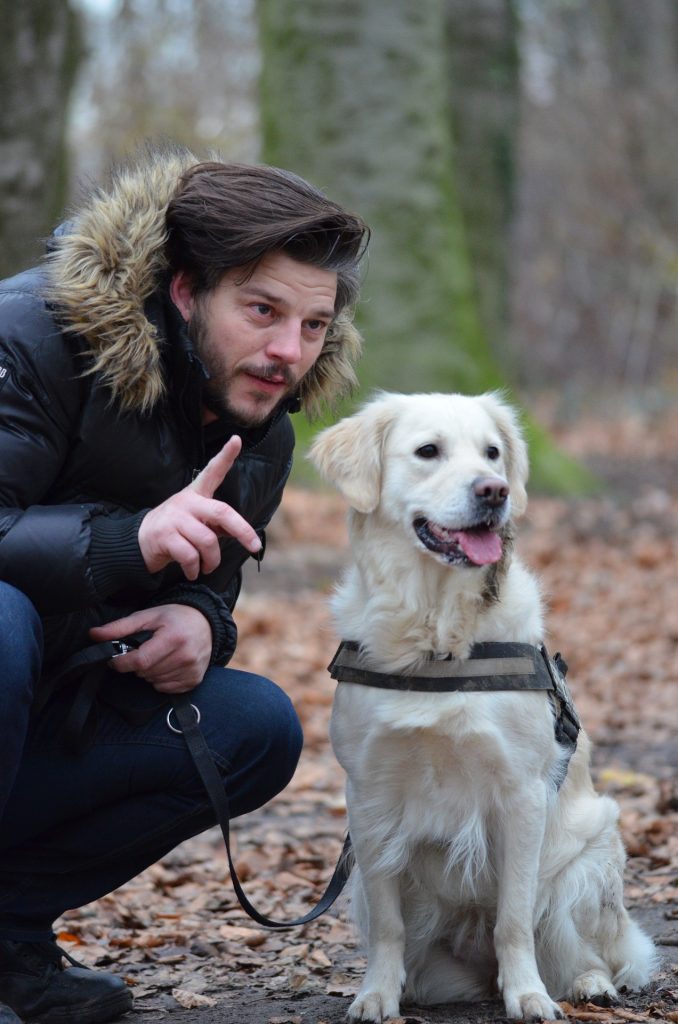
Tags In
Search Blogs
Most Popular Posts
Best Selling Books
K.I.S.S. Dog Training proudly serves the Kansas City Metro, Overland Park and Surrounding Areas. 40 miles, 20 miles each way from Shawnee, KS is included for In-Home Sessions... Over that mileage is an additional charge of $1.00 per mile... Call with Questions
Contact Us Today!
K.I.S.S. Dog Training
Shawnee, Kansas
(913) 269-7595
